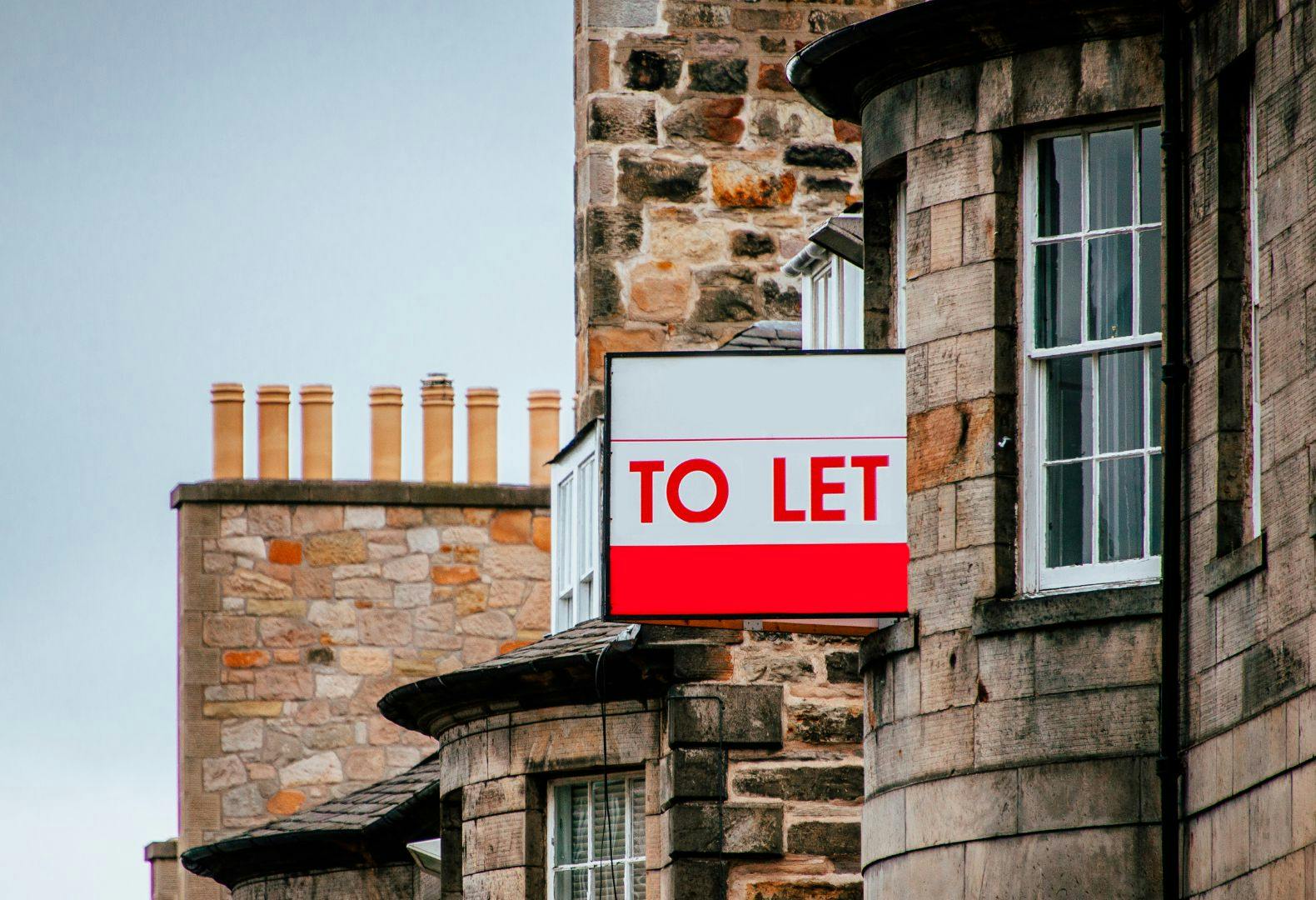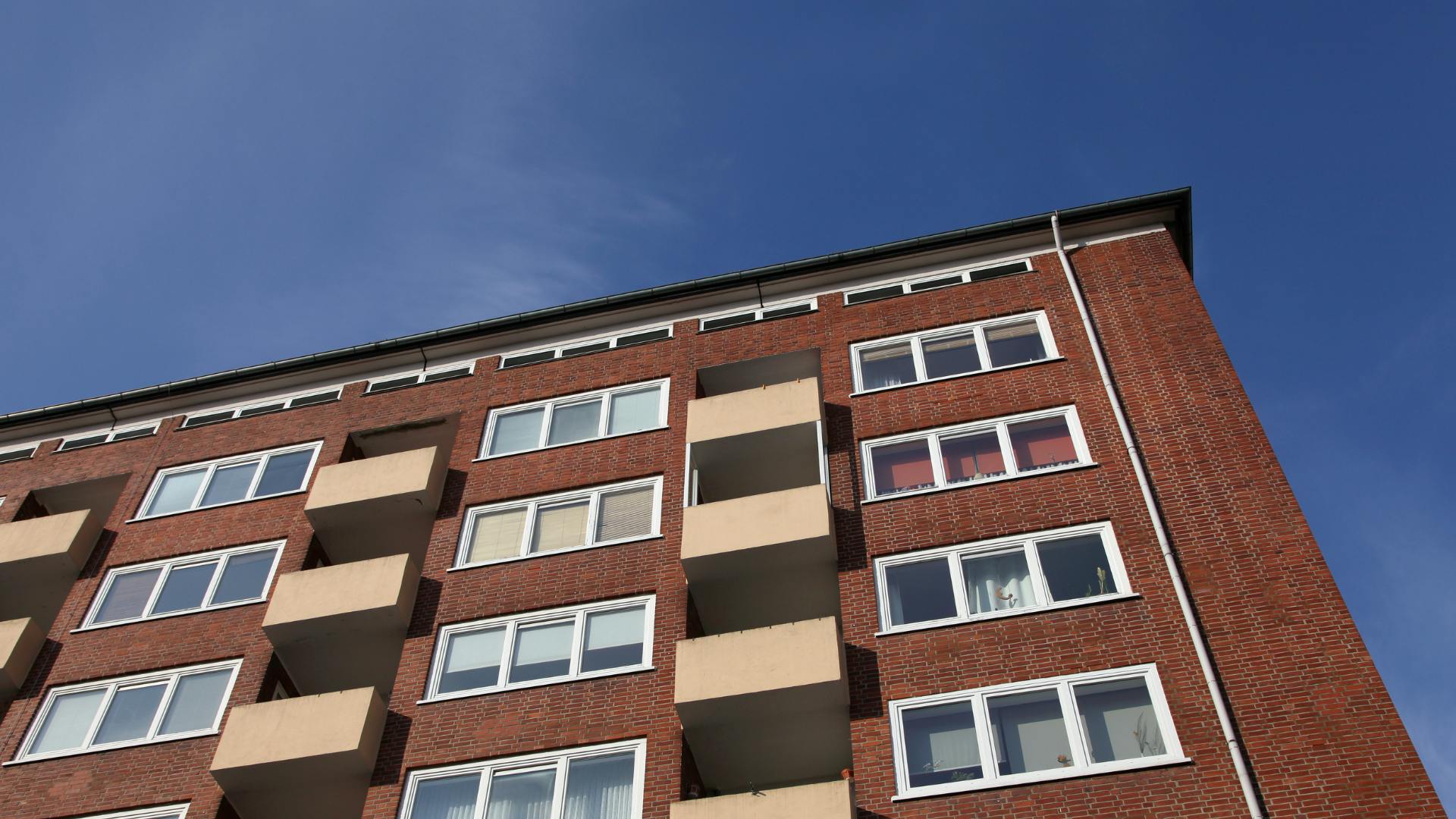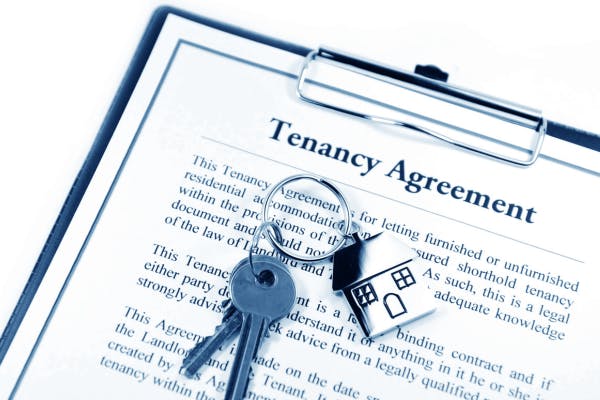Is Buy to Let worth it in 2026?
Buy to Let has long been a favourite investment in the UK, fuelled by years of rising house prices and accessible mortgages. But as we look towards 2026, the landscape has shifted. Mortgage rates are settling, tax rules are changing, and new landlord regulations are here. With the rental market finding its feet again, many landlords are asking: Is a Buy to Let still a good investment?
Whether you're thinking about renting out your first home or you're a seasoned investor, it's essential to keep up with the latest market changes. Let’s break down the key things you need to know about Buy to Let in 2026.
In this guide
What’s going on in the rental market?
After years of rollercoaster demand and spiralling rents, the rental market is showing signs of calming down. Long gone are the days when letting agents were drowning in enquiries. In fact, rental demand is the weakest it's been for 5 years, and 24% lower than a year ago. This is being caused by falling migration levels and improved mortgage availability for first-time buyers.
At the same time, more homes are coming onto the rental market. The number of available homes to rent has jumped by almost 20% compared to a year ago, and the average agent now has 19 properties on their books (up from just 14 in 2022).
With more choice and less frenzied demand, homes are taking a bit longer to let – 16 days on average, compared to just 12 days in 2023.
Rents themselves are still rising, but much more gently. The average rent in the UK stands at £1,300, up just 2.4% year-on-year – the slowest rate of growth for four years. In some places, like Bristol and Leeds, rents have even dipped slightly. So, while rental yields remain healthy (averaging 6% UK-wide and topping 7.5% in hot spots like the North East and Scotland), landlords need to be realistic about current market conditions, instead of expecting a market similar to what we saw a few years ago.
Expanding your portfolio? Get advice from the UK's Best Mortgage Broker
As voted by our customers for four years running. Create a free Tembo plan today to discover your options from across 100 lenders, whether you're a first-time landlord or seasoned investor.
Pros of Buy to Let in 2026
Despite tighter rules and a cooling market, Buy to Let still has its perks. Here’s what keeps landlords in the game:
- A regular source of income
Even with slower rental growth, the right property can still offer a stable monthly income and help pad out your savings (or your retirement pot).
After all, UK rents are up 36% since 2020. With rental yields now averaging around 6% nationally, and some regions offering even more. So you can still see your money work harder than a traditional savings account with a Buy to Let.
- Capital growth potential
House prices aren’t shooting up like they did during the pandemic, but they’re still forecast to rise modestly in 2026 – around 1-5% as the market settles. That steady growth means you could sell your investment property for more than you paid, even if the double-digit booms are behind us.
- High demand for rental properties (still!)
While demand for rentals isn’t as feverish as it was, plenty of people are still renting, especially as buying remains unaffordable for many. Even with the slowdown,demand is still above pre-pandemic levels, and yields have held up – especially outside of London, where entry costs are less eye-watering.
For example
If you borrowed £300,000 in early 2021 with a 30-year term and an interest rate of 2.09%, you could expect mortgage repayments of around £1,122. Today, it’s likely that you’d get an interest rate closer to 5%. So, if you borrowed the same amount with the same term but this time with an interest rate of 5.09%, your mortgage payments would be £1,627 a month.
Cons of Buy to Let in 2026
Of course, it’s not all sunshine and rainbows. There are some real challenges facing landlords in the current climate.
- Higher mortgage rates
Mortgage rates may be heading down (slowly), but they’re still higher than in the rock-bottom days of just a few years ago. Predictions are for between 3-3.5% in 2026, but it's never a guarantee. Higher rates mean bigger monthly repayments and can squeeze your profit margins.
- Increased tax burden
Landlords have felt the sting of higher taxes in recent years:
- Higher Stamp Duty: There’s still a 3% stamp duty surcharge on Buy to Let properties in England and Northern Ireland, which makes getting onto the ladder more expensive.
- Mortgage interest tax relief: The days of offsetting your mortgage interest against rental income are over. Now it’s a 20% tax credit instead, which hits higher-rate taxpayers particularly hard.
- Capital Gains Tax: The tax-free allowance on property gains is down to £3,000, so expect a bigger tax bill when you sell.
- Affordability is a real constraint
Rents have increased much faster than incomes – up £4,100 per year on average over the last five years – making renting less affordable for many. Nearly a third of private renters now rely on housing benefit to get by, and affordability is actively capping further rent rises. So, when crunching the numbers, remember: there’s a ceiling to how much tenants can, and will, pay.
- Shifting legislation
The upcoming Renters (Reform) Bill will shake up the rules for landlords:
- 'No-Fault' evictions are going: Say goodbye to Section 21. This means more tenant security, but could make it tougher to regain possession.
- No more fixed-term tenancies: Expect more rolling tenancies, which means less predictability for landlords in terms of end dates.
- Plus, all the usual health and safety responsibilities still apply.
- Energy efficiency standards
The government wants all rental homes to hit a minimum EPC rating of 'C' by 2028. That’s great for bills and the environment, but not so great for your wallet if the property needs work. Fines for non-compliance can be hefty (up to £30,000!), so it pays to plan ahead.
See what stamp duty you'll pay
Check out our Stamp Duty Calculator to work out exactly how much land tax you’ll pay when buying a buy-to-let in the UK.
Is a Limited Company the right move?
With tougher tax relief rules, more landlords are setting up limited companies for their Buy to Let investments. This can mean lower corporation tax rates (currently 25%) and allows you to deduct mortgage interest as a business expense. But – and it’s a big but – it comes with extra admin and your pool of mortgage deals may be smaller or slightly pricier. Tax advice is a must before going down this route.
Are Buy to Lets still profitable?
It all comes down to the maths. The big number to check is your rental yield:
Rental Yield = (Annual Rental Income / Property Value) x 100
Let’s say you buy at £250,000 and rent for £1,200 a month (£14,400 a year):
£14,400 / £250,000 x 100 = 5.76%
Average yields are 6% nationally and even higher in regions like the North East and Scotland. A “good” yield? 5-8% is the sweet spot. Just remember to budget for costs such as mortgage repayments, repairs, insurance, and letting agent fees. With rental growth slowing, it's no longer realistic to bank on massive yearly increases.
Is a buy-to-let worth it?
A buy-to-let property can certainly be worth it, but it’s important to crunch some numbers before making an investment. Some people might be better suited to other types of investment such as the stock market.
The bottom line
Buy to Let can still be a smart investment in 2026, but it’s hardly a set-and-forget way to riches. The market’s returning to normality: rental inflation has eased, more homes are available, and yields are better for those willing to hunt outside big cities. But tougher rental affordability for tenants, higher taxes, stricter rules, and unpredictable costs mean you need to go in with eyes wide open.
A final gut-check before you take the plunge:
- Will your rent cover the mortgage, taxes, and those sneaky repairs?
- Can you weather a void period or two?
- Do you know your legal and maintenance responsibilities?
- Would a limited company structure save you money (after tax advice)?
- Or would your cash do better elsewhere?
If you’re up for a bit of research and careful budgeting, Buy to Let’s still in the running.
Not sure where you stand?
Get expert mortgage advice from our award-winning team, so you can find the best path for you.



